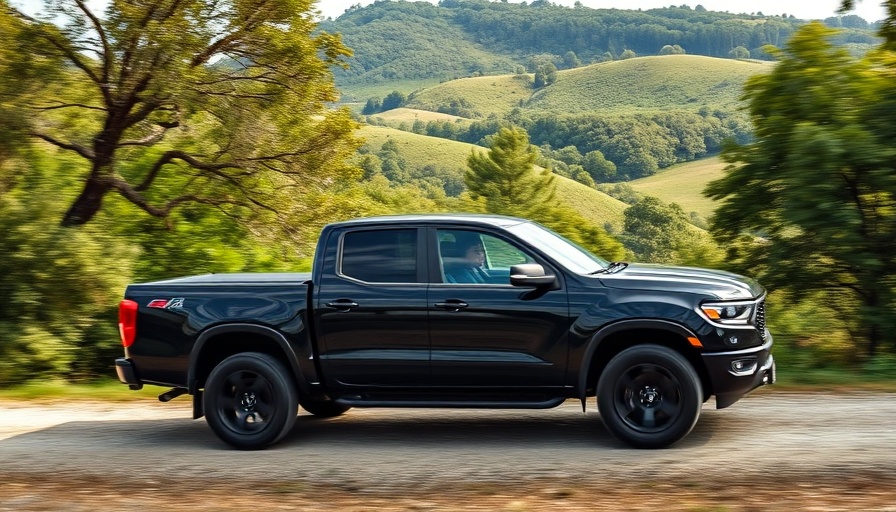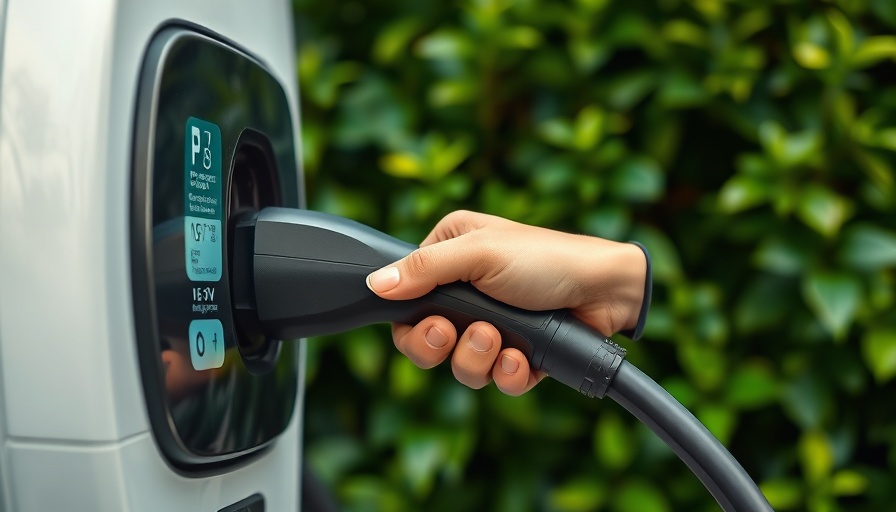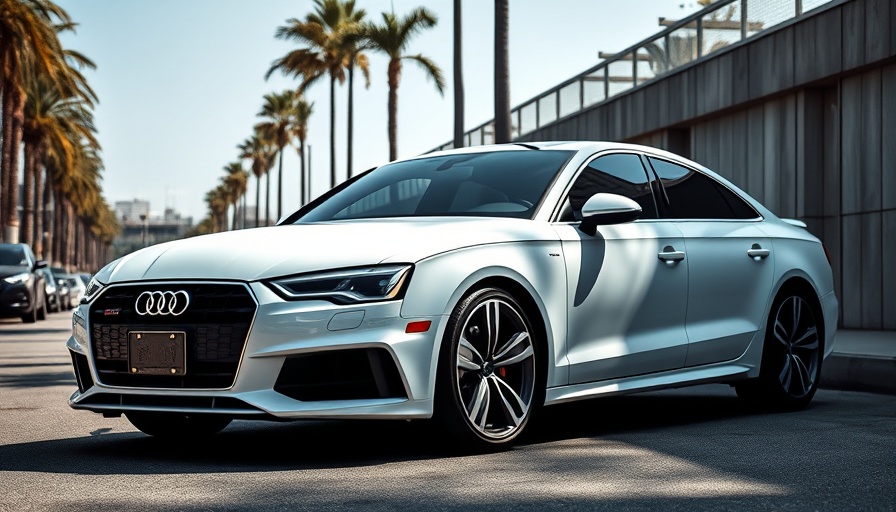
The Evolving Landscape of Plug-In Hybrids
As we venture into a new era of automotive technology, the debate surrounding plug-in hybrids (PHEVs) intensifies. Designed for versatility, these vehicles cater to drivers seeking the benefits of electric commuting while retaining the reliability of a gasoline engine for longer trips. However, as we prepare for the 2025 models, it’s essential to understand how consumers view these cars and what innovations they can expect.
Technology Meets Practicality
Plug-in hybrids offer a unique solution for drivers who face the dichotomy of needing an electric vehicle for daily commutes and a gasoline engine for longer journeys. The complexity of PHEVs is intentional; they feature both a significant battery and a conventional engine, allowing users to switch between electric and gasoline power as needed. In the upcoming models, enhanced battery technology is expected to provide more electric miles—some anticipated to deliver at least 50 to 70 miles on a single charge, such as the new offerings from manufacturers like Toyota and Volvo.
Consumer Confidence and Real-World Performance
One of the pivotal discussions around plug-in hybrids involves their real-world performance versus manufacturer claims. Studies indicate that actual driving habits often fall short of EPA estimates, as many drivers fail to plug in regularly, leading to higher emissions than anticipated. This discrepancy has raised flags with regulators, prompting the Environmental Protection Agency (EPA) to consider new measures aimed at rectifying this issue.
Significant Models Set to Launch in 2025
While we await broader adoption of plug-in hybrids, several significant models are slated for the 2025 model year, promising not only improvements in emissions but also enhanced driving experiences. One example is the 2025 Honda CR-V e:FCEV, a pioneering vehicle that utilizes a hydrogen fuel-cell stack instead of a gasoline engine, representing a shift towards greener technology. Other notable mentions include the refreshed Hyundai Tucson Plug-In Hybrid, featuring aesthetic and technological upgrades while retaining its robust electric motor.
Why PHEVs Might Be the Future of Eco-Friendly Transportation
For franchise owners and distributors in the e-bike and eco-transportation industry, understanding the shift in consumer preferences aligns with future sales strategies. PHEVs are positioning themselves as a bridge to a fully electric future. Their versatility can attract a broader audience who may not yet be ready to commit fully to electric, offering a practical and sustainable alternative.
Building the Narrative for Green Transportation
As discussions around sustainability dominate the automotive industry, plug-in hybrids stand at a crossroads. They offer potential energy savings and comfort for those accustomed to combustion engines, but increased awareness about their real-world impact is necessary for promoting their uptake. By considering consumer needs and driving experiences, automakers can frame these vehicles as essential for the eco-conscious driver.
As we gear up for the 2025 release of new and compelling PHEVs, stakeholders in the transportation sector must educate themselves on the benefits and practicalities of these models to effectively engage with consumers and promote greener options in their dealerships.
 Add Row
Add Row  Add
Add 




Write A Comment